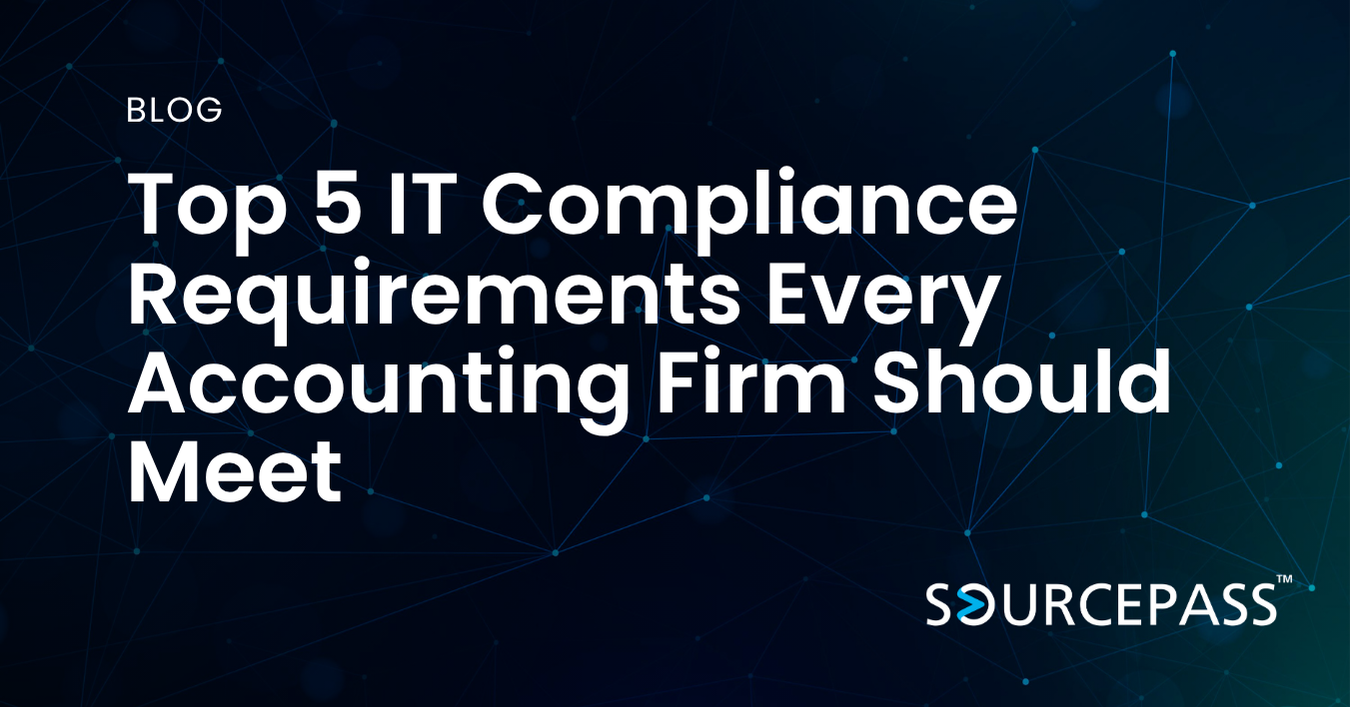The Sarbanes-Oxley Act (SOX): Compliance, IT, and Cybersecurity Considerations
Jun 02, 2025 Admin Compliance Regulations 3 min read


.png)
In the wake of corporate scandals such as Enron and WorldCom, the U.S. Congress passed the Sarbanes-Oxley Act (SOX) in 2002 to restore investor confidence by enforcing corporate financial transparency and accountability. While SOX primarily applies to financial reporting, it also has significant IT and cybersecurity implications, particularly in protecting financial data integrity and ensuring strong internal controls.
For IT and cybersecurity professionals, SOX compliance means implementing security measures to prevent data manipulation, fraud, and unauthorized access to financial records. This article will cover:
- What SOX is
- Industries affected
- Key compliance requirements
- IT and cybersecurity best practices for SOX compliance
What is the Sarbanes-Oxley Act (SOX)?
The Sarbanes-Oxley Act of 2002 (SOX) is a U.S. federal law designed to protect investors by improving the accuracy and reliability of corporate financial disclosures. It establishes strict auditing, reporting, and compliance requirements for public companies and their IT systems to prevent fraud and financial misstatements.
Key Provisions of SOX
The most important sections of SOX for IT and cybersecurity professionals include:
- Section 302 – Corporate Responsibility for Financial Reports
-
- Requires CEOs and CFOs to personally certify the accuracy of financial statements.
-
- Demands strong internal controls over financial reporting (ICFR).
- Section 404 – Management Assessment of Internal Controls
-
- Mandates annual reports on internal controls and third-party audits.
-
- Requires IT systems to support secure, accurate, and tamper-proof financial reporting.
- Section 802 – Criminal Penalties for Fraudulent Financial Activity
-
- Imposes severe penalties for data tampering, document destruction, and non-compliance.
-
- Requires companies to securely store electronic records for a minimum period.
- Section 906 – Criminal Penalties for False Certifications
-
- Holds executives personally liable for knowingly certifying false financial reports.
Industries Affected by SOX
While SOX primarily targets publicly traded companies in the U.S., its impact extends to private companies, IT service providers, and third-party vendors that support financial reporting.
- Publicly Traded Companies
-
- All U.S. public companies listed on stock exchanges must comply with SOX.
-
- International companies listed in the U.S. must also follow SOX requirements.
- Private Companies (If Preparing for IPOs or Acquisitions)
-
- SOX doesn’t apply directly to private companies, but those seeking IPOs or acquisitions must adopt SOX-compliant financial controls.
- Financial Institutions & Banks
-
- Banks, investment firms, and financial institutions must ensure accurate financial reporting and secure data handling.
-
- IT security teams must implement access controls, logging, and encryption to protect financial records.
- IT Service Providers & SaaS Companies
-
- Third-party vendors handling financial data must comply with SOX security controls.
-
- Cloud providers, SaaS platforms, and managed IT service providers must ensure audit-ready logging, secure data storage, and compliance reporting.
Key Compliance Requirements & Components
To comply with SOX, organizations must implement internal controls, secure IT systems, and audit processes. Below are the core compliance components:
- Internal Controls Over Financial Reporting (ICFR)
-
- Companies must establish policies and procedures to ensure financial data accuracy and security.
-
- IT teams must implement system access controls, audit logs, and financial data validation mechanisms.
- Data Security & Protection
-
- Companies must ensure that financial data is secure, untampered, and accessible only to authorized users.
-
- SOX compliance requires:
-
-
- Encryption of financial data at rest and in transit.
-
-
-
- Access controls & user authentication to prevent unauthorized changes.
-
-
-
- Audit trails & logging to track financial transactions.
-
- Audit & Monitoring Requirements
-
- SOX mandates regular internal audits and independent external audits of financial systems.
-
- IT teams must implement real-time monitoring and logging of financial transactions.
- Electronic Records Retention
-
- Companies must store financial records securely for at least five years.
-
- IT teams must implement secure backups, disaster recovery plans, and tamper-proof storage solutions.
- Incident Response & Fraud Prevention
-
- Organizations must have incident response plans in place to detect, report, and remediate fraudulent activities.
-
- Security teams must deploy SIEM (Security Information and Event Management) solutions for fraud detection.
IT & Cybersecurity Best Practices for SOX Compliance
IT and cybersecurity professionals play a critical role in ensuring SOX compliance by safeguarding financial data and implementing strong security measures.
1. Implement Strong Access Controls- Use Role-Based Access Control (RBAC) to limit access to financial data.
- Enforce Multi-Factor Authentication (MFA) for finance and executive teams.
- Monitor and log user activity and financial transactions.
- Use encryption to protect financial data stored in databases or cloud systems.
- Implement tamper-proof logging mechanisms (e.g., blockchain-based recordkeeping).
- Regularly backup and test financial records to ensure data integrity.
- Deploy SOX compliance software to automate audit trails and reporting.
- Use SIEM and log management tools to generate real-time compliance reports.
- Implement fraud detection algorithms to identify suspicious financial transactions.
- Use behavioral analytics to flag unusual system access patterns.
- Schedule quarterly cybersecurity risk assessments to identify vulnerabilities.
- Perform penetration testing on financial systems to ensure resilience.
- Develop an incident response plan for potential data breaches or SOX violations.
Consequences of SOX Non-Compliance
Failing to comply with SOX can result in severe financial and legal penalties, including:
❌ Fines of up to $5 million for knowingly filing false financial statements.
❌ CEO & CFO liability, with criminal penalties up to 20 years in prison.
❌ Stock delisting and reputational damage.
IT and cybersecurity teams must proactively implement compliance measures to protect their organizations from legal consequences and security risks.
Conclusion
The Sarbanes-Oxley Act (SOX) isn’t just a financial regulation—it’s a data security mandate that requires businesses to protect financial records, prevent fraud, and ensure transparency.
By integrating cybersecurity best practices, internal controls, and automated compliance tools, organizations can:
✅ Secure financial data & prevent fraud
✅ Ensure compliance with SOX requirements
✅ Reduce audit risks & strengthen investor confidence
For IT and cybersecurity professionals, SOX compliance is an ongoing process—but with the right technology, security measures, and audit controls, organizations can successfully meet SOX standards while strengthening their cybersecurity posture.
Subscribe To
Sourcepass Insights
Sourcepass Insights
Stay in the loop and never miss out on the latest updates by subscribing to our newsletter today!
.png?width=500&height=100&name=White%20Logo%20-%20Transparent%20Tag%20(3).png)



